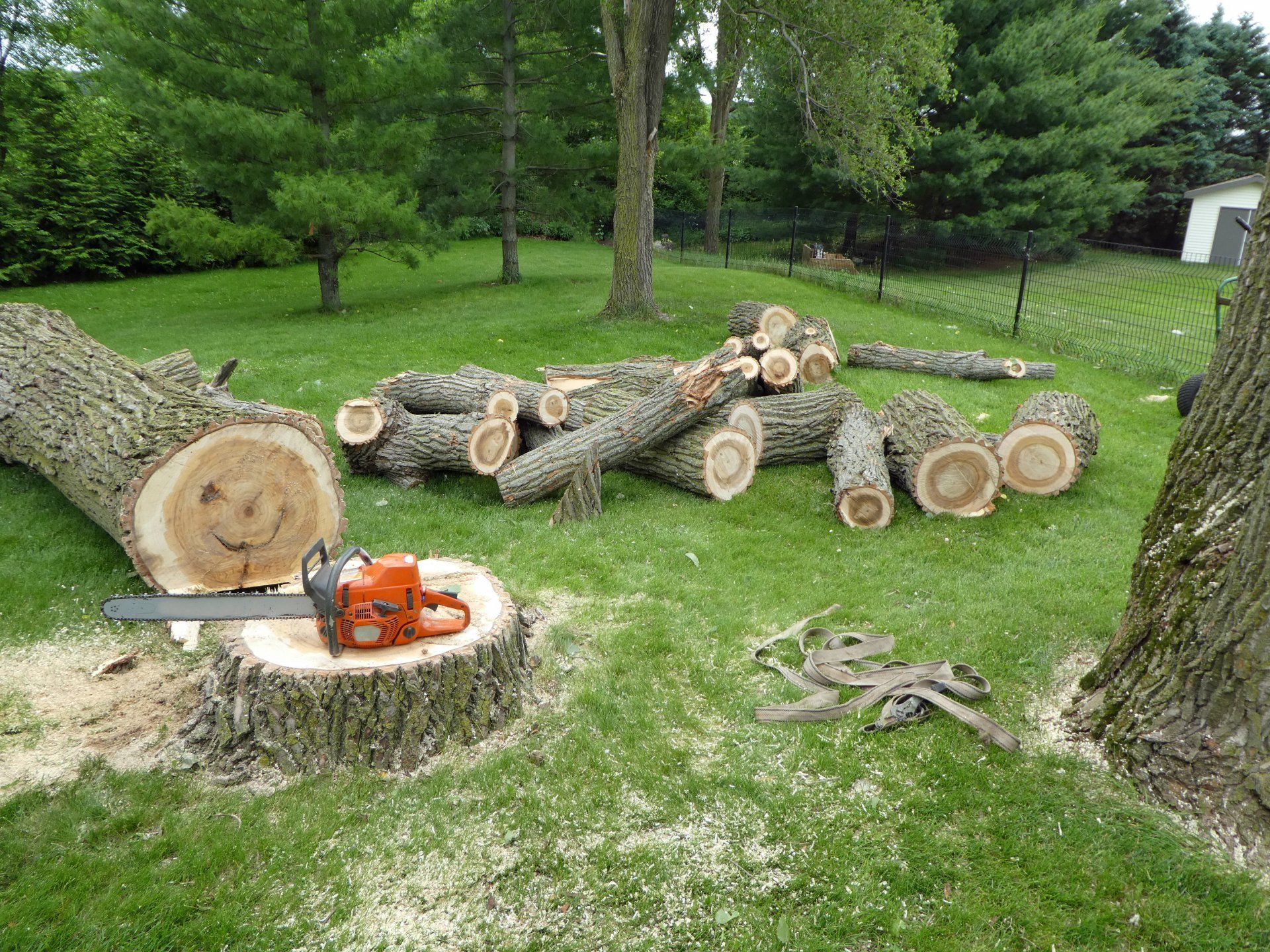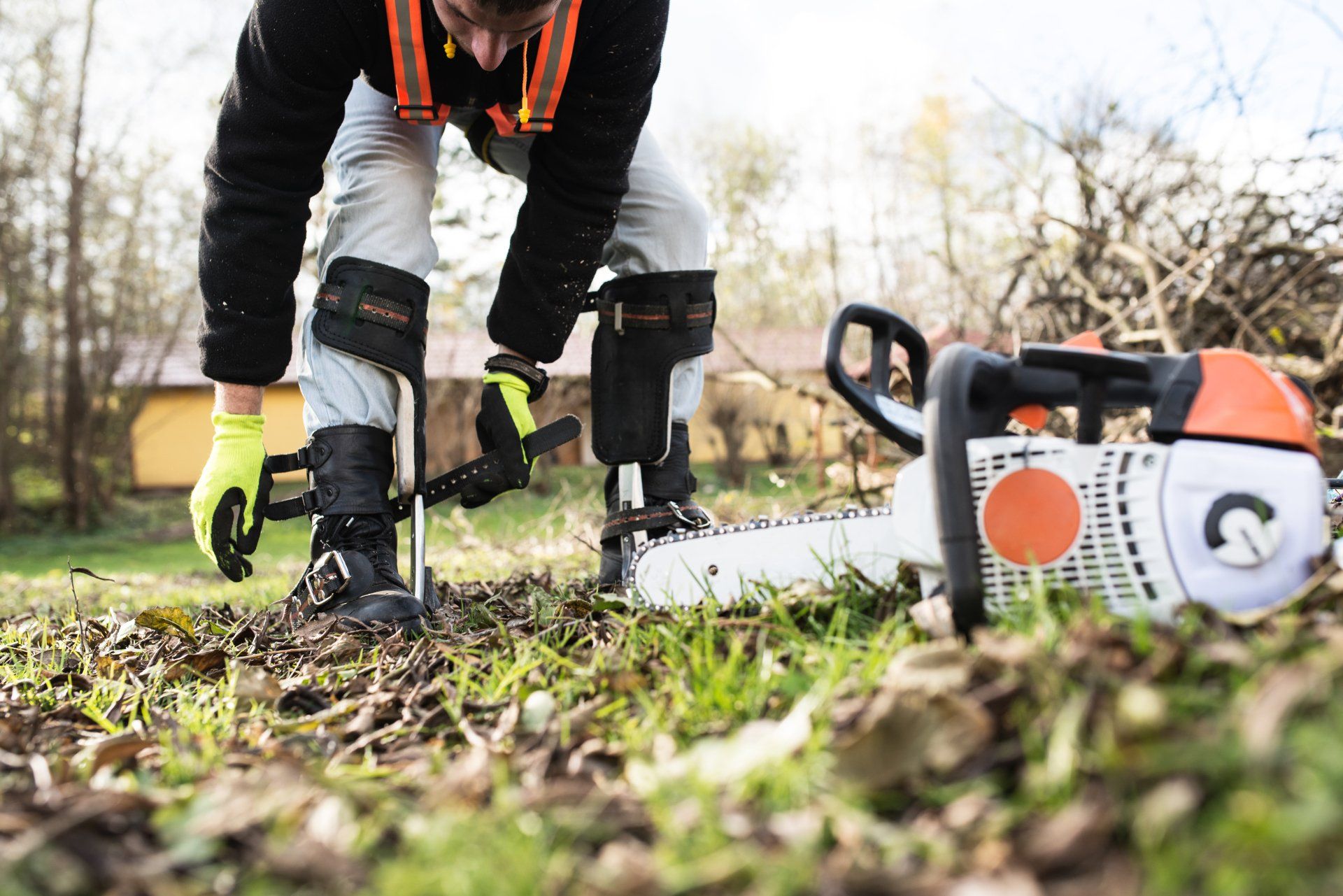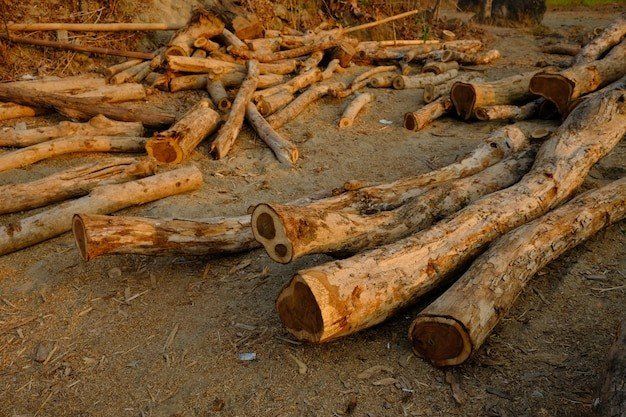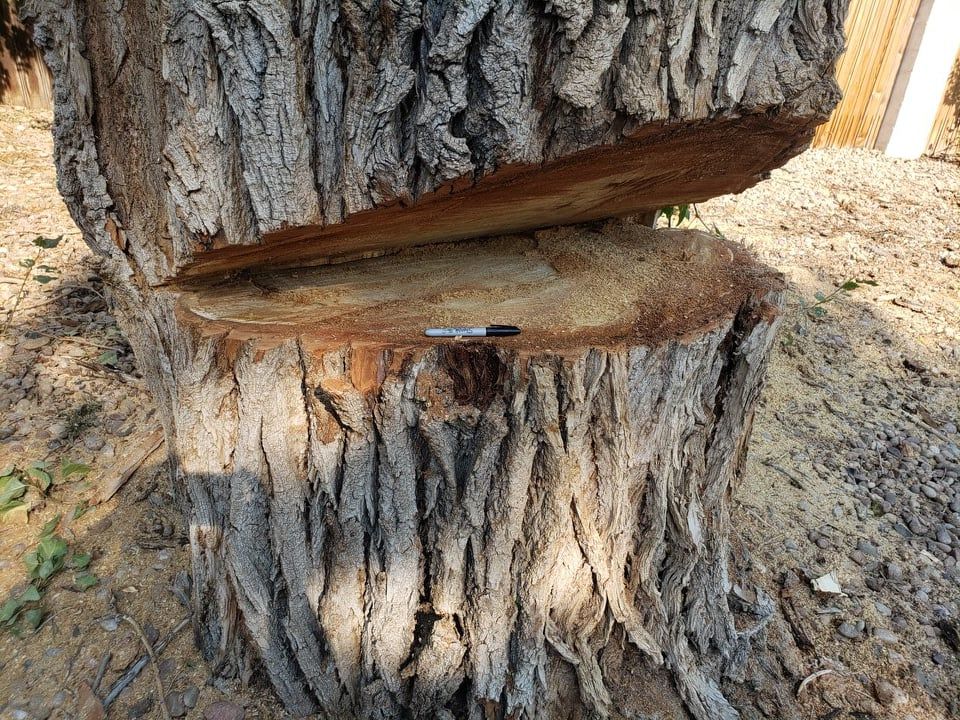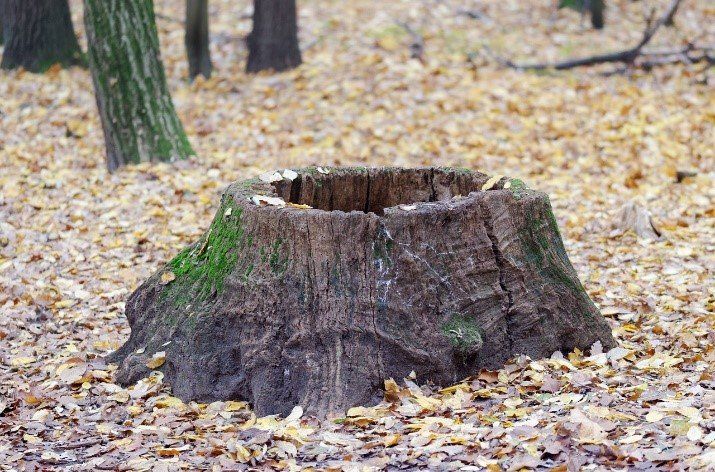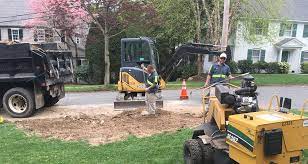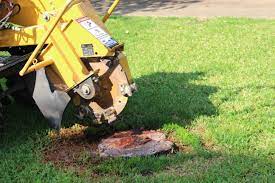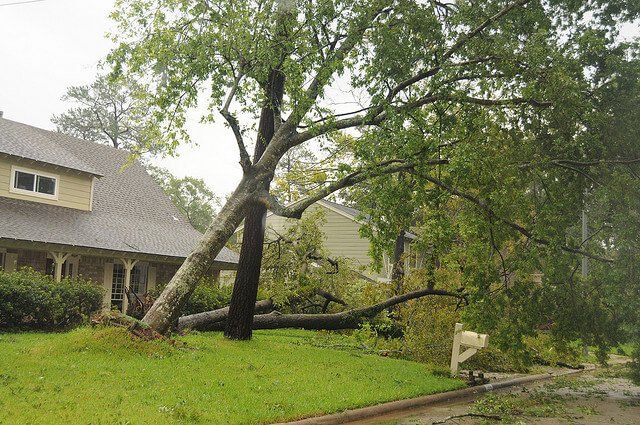Can you plant a tree where one was removed?
Can you plant a tree where one was removed?
When we think of conservation, we often think of saving animals or plants from danger. But what about saving a piece of land in danger? Many natural areas are being destroyed at an alarming rate for several reasons. Some are logged for timber, some are mined for minerals and some are clear-cut for building materials. In fact, the World Wildlife Fund estimates that an area the size of New York City is destroyed every single minute. To help prevent further deforestation, planting trees where they were removed is an excellent way to conserve land and its native inhabitants. Here are a few ways you can help with tree planting efforts wherever you live:
Check your local area for tree planting opportunities
First, find out where deforestation is most pressing. A great resource to use is the Global Forest Watch, which maps forest loss in real time by logging company and country. You can also look up deforestation statistics by state or country. These statistics can help you decide where you’d like to help with tree planting efforts. From there, you can contact your local government to see if there are any local initiatives. After all, planting trees is a great way to contribute to your community and help the environment.
Plant a tree yourself
First, find a place to plant a tree. In many areas, you can plant a tree in a park, on school grounds, or in your own backyard. Tree planting in public spaces, such as parks, is a great way to get community members involved and create a more beautiful and healthy environment. Tree planting in your backyard is perfect if you have children who are interested in gardening.
Join an organisation that plants trees
Find an organisation that plants trees and volunteer your time. There are many environmental and conservation organisations that plant trees. Great examples include the National Wildlife Federation, United Nations Environment Programme and the World Wildlife Fund. Besides planting trees, these organisations also provide education about how to take care of new trees, why they are important, and how you can help them thrive.
Help care for trees already planted
If you want to help care for trees already planted, there are a few things you can do. Some organisations that plant trees ask volunteers to help water and weed trees until they are able to grow and survive on their own. If you are gardening in your backyard and have just planted a tree, you can also help prevent weeds from growing around your young tree by watering the area regularly and placing mulch around the trunk and roots.
Conclusion
There are many ways to help prevent deforestation. Planting trees near your home or in a park, joining an organisation that plants trees, or even helping care for trees planted in the past are easy ways to help keep forests healthy and vibrant. When you plant a tree, you’re not only saving it from danger, but you’re saving the wildlife that lives in and around it. You’re helping prevent soil erosion and improving air and water quality. Besides being a great way to help the environment, planting trees is also an excellent way to spend time with family and friends. It can also be a great activity to do with children. With so many benefits, it’s clear that tree planting is an important way to help the environment. So next time you are looking for a way to contribute, plant a tree!
